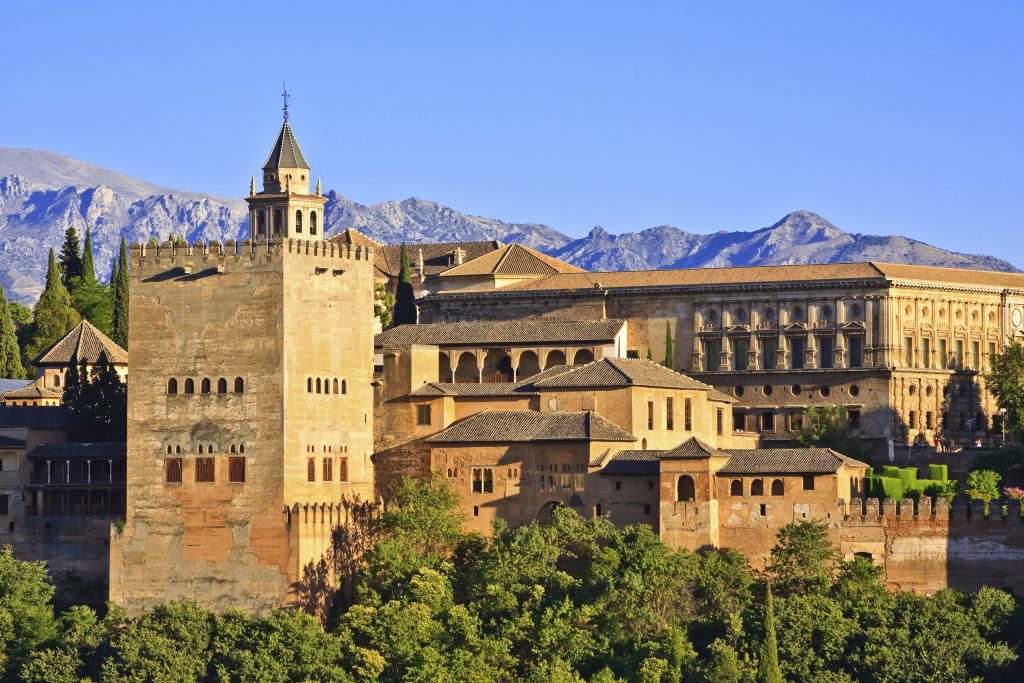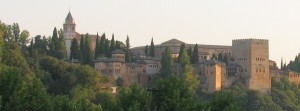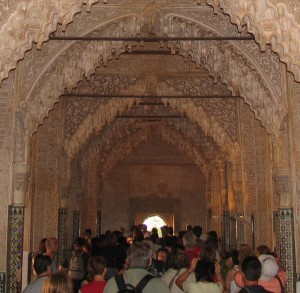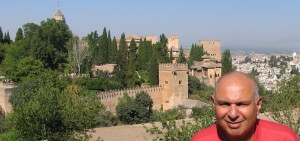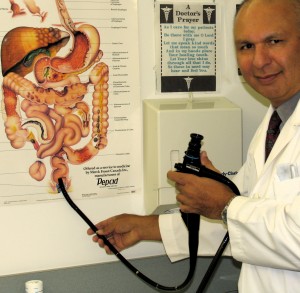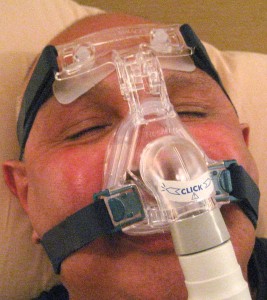As a person who believes in getting enough sleep each night, I find Daylight Saving Time (DST) a nuisance. This disturbs my sleep rhythm for the next several months. Then I have to change the clocks again.
If I don’t like this then I can move to Saskatchewan or Hawaii, American Samoa, Guam, Puerto Rico, the Virgin Islands or Arizona where there is no such thing as DST. People are happy there. Having no DST has not ruined their economy.
The question is: Would you like one extra hour of sleep or sunlight?
The idea of DST is to have people up and about during the longer daylight hours, to save energy and increase productivity. In 2005, U.S. Congress and subsequently other countries expanded daylight savings time, by shifting its start to the second Sunday in March and its end to the first Sunday in November.
Has DST increased productivity? Has it improved people’s health and wealth? Have we saved any energy? Are we doing better than people in Saskatchewan or other places where there is no DST?
The DST began in Europe to conserve fuel during World War I. Since then it has gone through several changes. U.S. Congress passed the Uniform Time Act of 1966, which declared that DST be observed from the last Sunday in April to the last Sunday in October. Some exemptions were allowed. This has now changed to March and November.
In recent years several studies have suggested that daylight saving time doesn’t actually save energy – and might even result in a net loss. Studies have found that the practice of DST reduced lighting and electricity consumption in the evening but increased energy use in the dark mornings. So there is no gain as such.
As you may expect there are other studies which do show energy gains. The U.S. Department of Energy asserts that springing forward does save energy. Extended DST saved 1.3 terawatt hours of electricity. That figure suggests that DST reduces annual U.S. electricity consumption by 0.03 per cent and overall energy consumption by 0.02 per cent. While those percentages seem small, they could represent significant savings because of the enormous total energy use.
Does DST affect your health?
DST is supposed to boost your health by encouraging active lifestyles. Advocates of DST say that television watching is substantially reduced and outdoor behaviours like jogging, walking, or going to the park are substantially increased.
But others warn of ill effects. Some studies show that our circadian body clocks – set by light and darkness – never adjust to gaining an “extra” hour of sunlight to the end of the day during DST. This results in drastically decreased productivity, decreased quality of life, and increasing susceptibility to illness. People are generally more tired during the months of DST.
One expert says that one of the reasons why so many people in the developed world are chronically overtired is that they suffer from “social jet lag.” In other words, their optimal circadian sleep periods are out of whack with their actual sleep schedules. Shifting daylight from morning to evening only increases this lag.
A 2008 study in the New England Journal of Medicine concluded that, at least in Sweden, heart attack risks go up in the days just after the spring time change. The most likely explanation to the findings are disturbed sleep and disruption of biological rhythms.
DST clock shifts present other challenges. They complicate timekeeping, and can disrupt meetings, travel, billing, record keeping, medical devices, heavy equipment, etc. Software can often adjust computer clocks automatically, but this can be limited and error-prone, particularly when DST protocols are changed.
I am not sure what the majority of the people think about DST, but I find changing my circadian cycle and my clocks twice a year is annoying, to put it mildly. Anyway, the sun is shining and we have an extra hour to enjoy the evenings. So, lets get out and have fun.
Start reading the preview of my book A Doctor's Journey for free on Amazon. Available on Kindle for $2.99!

